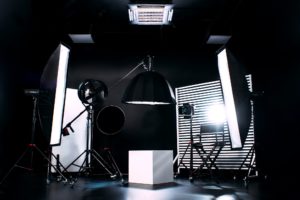Starting a photography and film equipment rental business can be a rewarding and profitable venture for those with a passion for photography and videography.
The demand for rental equipment can be high depending on your market, and starting your own rental house allows you to provide a valuable service to photographers, videographers, and filmmakers while earning an income.
However, starting a rental business is not without its challenges and requires careful planning, research, and execution.
In this article, we will be discussing the essential steps for starting a photography and film equipment rental business, from researching the market to building a strong inventory and creating a rental agreement. We will also discuss some best practices for maintaining equipment, building relationships with clients, and insuring your business. Whether you are motivated by a passion for photography and videography or by the potential for financial gain, starting a rental business can be a challenging but ultimately rewarding endeavor.
Research the Market

The first and most important step is market research. Research the market to identify the demand for photography, film production and rental equipment in your area and what types of equipment are in high demand.
- Is there a large group of professional photographers or cinematographers living and working in your area?
- How many studio spaces for rent currently exist in your market?
- Where will your location be and is it convenient for pick-up and drop-off?
Form Your Business Organization
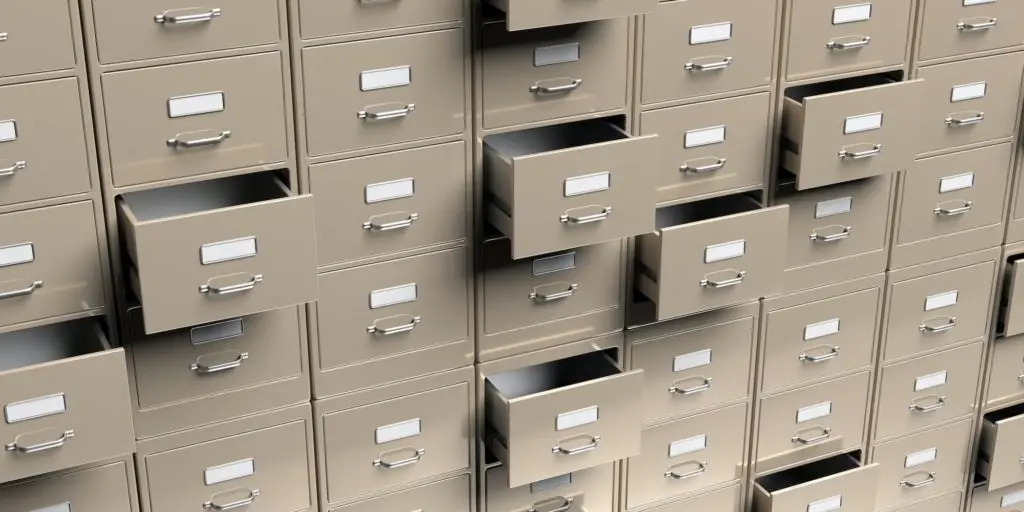
Once you have determined that you have a chance of succeeding in your market, form a business organization. Decide what kind of organization you should form (LLC, Partnership, Corporation?). Open a bank account so you can keep your money for the business separate from personal money. Use accounting software to track assets, liabilities, expenses and payroll. It would be wise to consult with an accountant.
Build Inventory
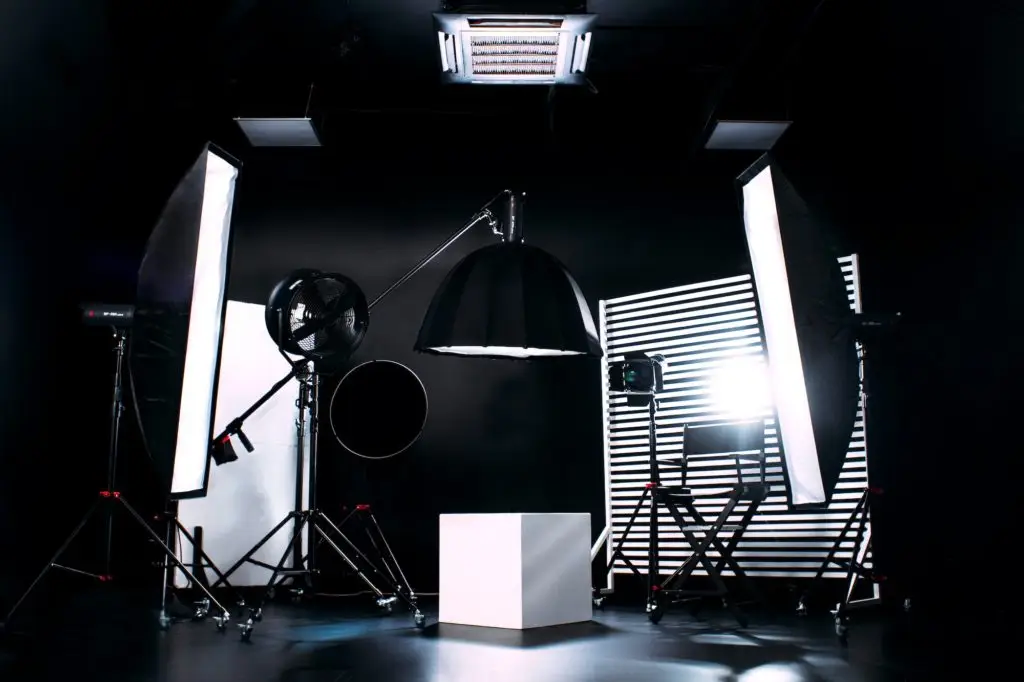
Building inventory when starting a rental business can be a challenging task, but it is essential for the success of your gear rental business. Build a strong inventory of equipment that meets the needs of your clients. This will include everything from cameras, lenses, lighting and grip, to audio equipment and other specialized gear.
- Consider purchasing used gear to get better deals on certain equipment that is built to last such as c-stands and grip gear.
- Budget for good protective hard cases for your rental gear.
- Start a spreadsheet or get software for managing your inventory.
Create a Rental Agreement
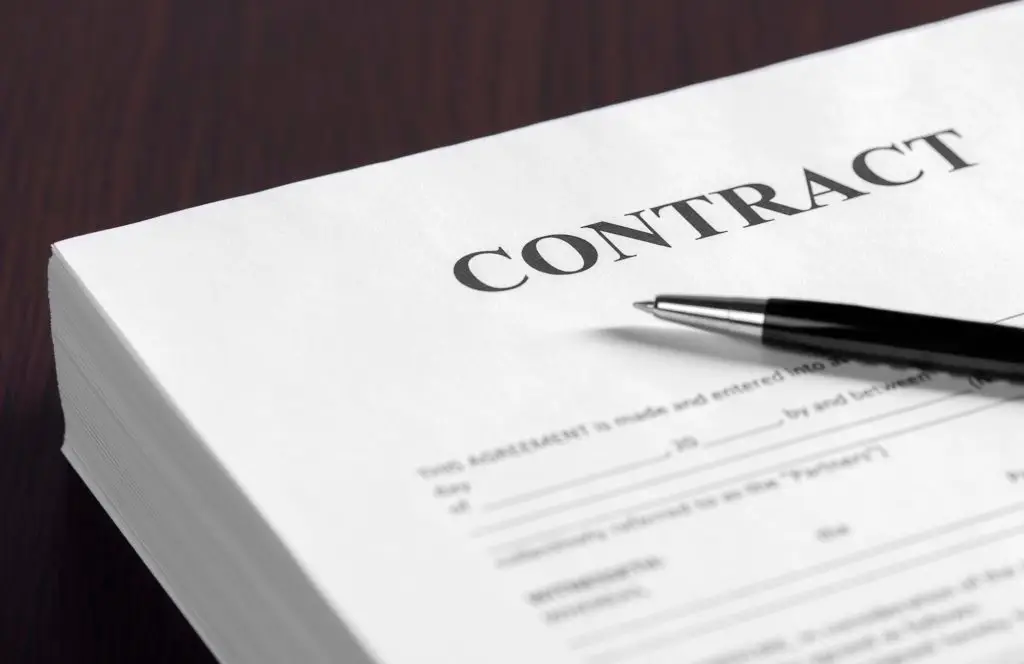
Create a rental agreement that outlines the terms and conditions of the rental, including the rental period, cost, and any restrictions on the use of the equipment.
- Gather rental agreements and templates, read them, and combine the points int
- Hire a lawyer to draft an agreement or proofread your agreement.
Create a Website and Social Profiles

Create a website and online presence: Create a website and online presence that will allow potential clients to easily find your business and view your inventory.
- You don’t need to have a complete website to begin, a landing page is enough to get you started.
- Ideally, you should list the gear you have available with photos, descriptions, and pricing.
- Make it easy to request a rental using your website. It is best to have a form that will gather the most critical information. Name, business name, phone, email, rental dates, and equipment needed.
Get Insured and Plan for Maintenance
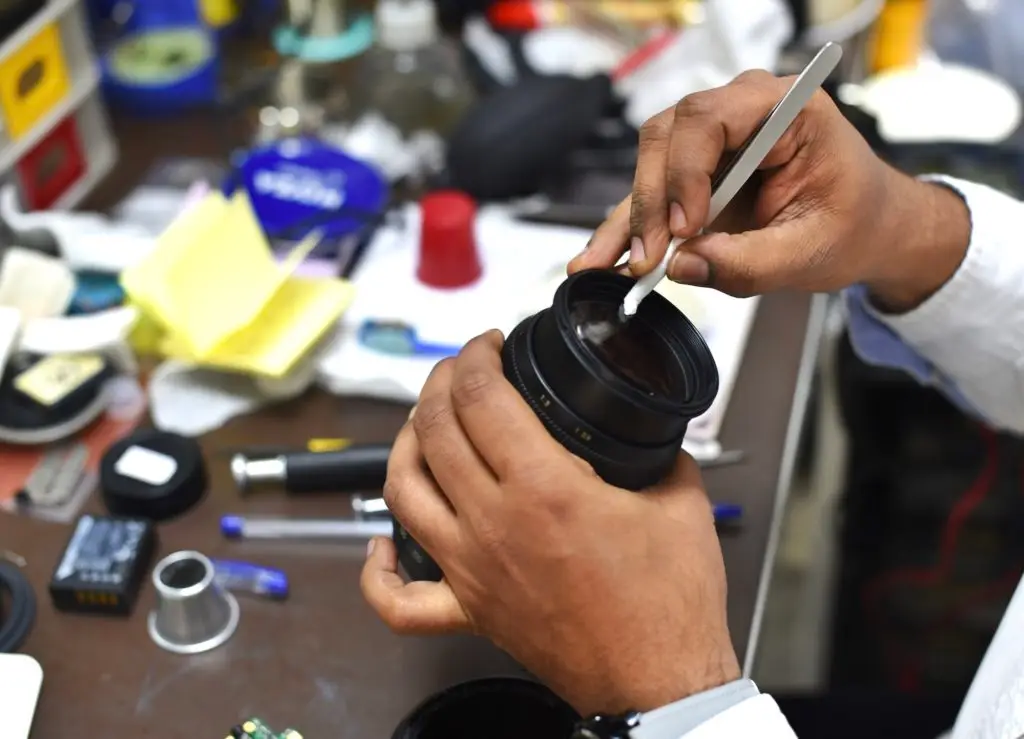
Have a plan for insurance and maintenance: Have a plan for insuring your equipment and for maintaining it, this will help you keep your equipment in good condition and minimize downtime.
Be Ready for Customers with a Defined Process

Have a process in place to handle customer inquiries, reservations, and equipment pick-up and return. Do you require a deposit? How many days in advance can a customer cancel a reservation? How do you ensure the gear is inspected for damage after a rental?

